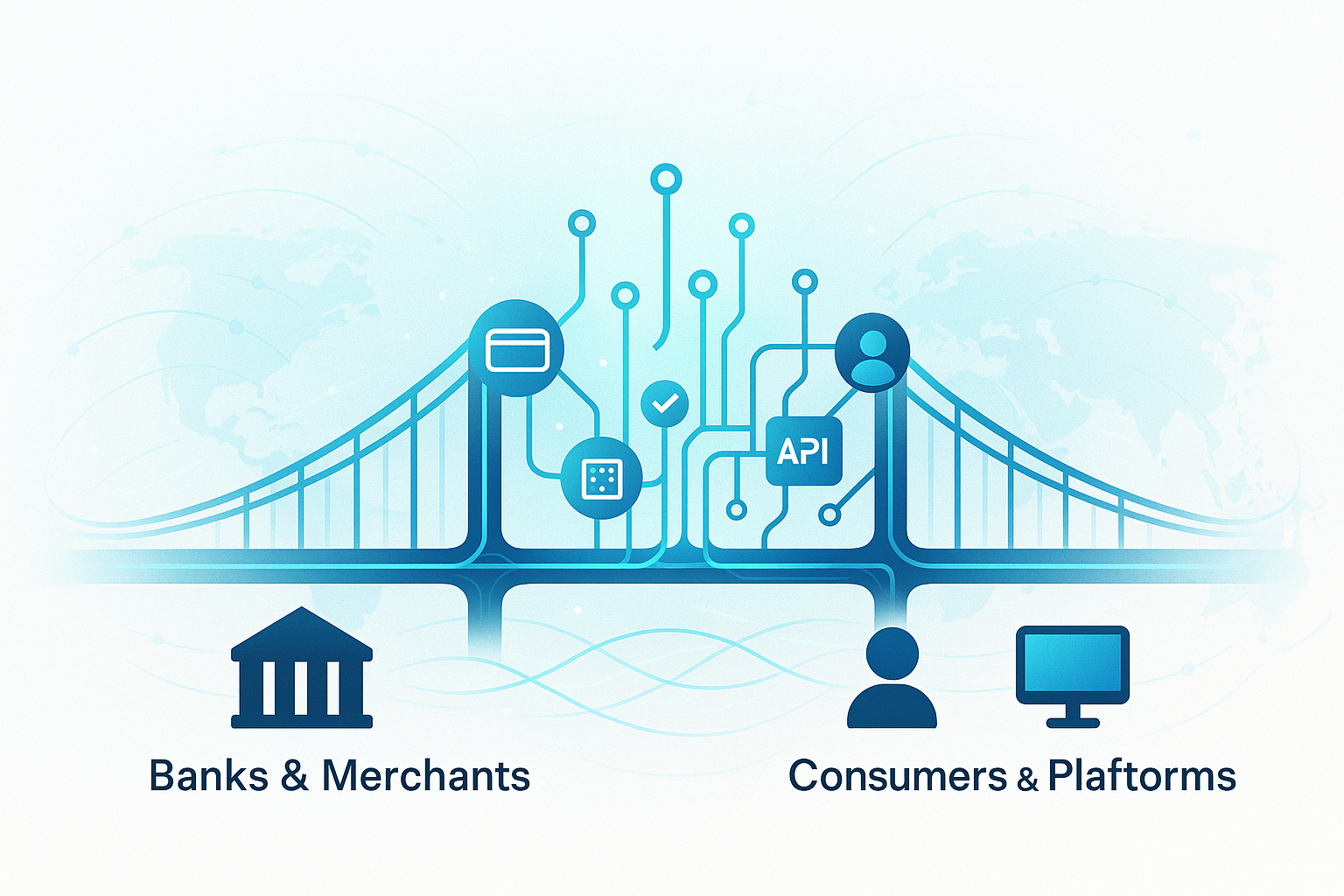Every payment today feels instant. Tap, scan, or click — it just works. But behind that “instant” lies a complex web of gateways, APIs, and partnerships that quietly keep global commerce running. And that’s where the real magic — and challenge — happens.
The Hidden Infrastructure of Growth
When people talk about “innovation” in payments, they often picture shiny new apps or sleek cards. But innovation rarely happens in isolation. It happens in connection — between banks, merchants, processors, and platforms. The unsung heroes are the access and gateway layers that make every payment flow possible, whether it’s a QR in Bangkok, an A2A transfer in Jakarta, or a tokenized checkout in Tokyo.
Having spent years working with issuers, merchants, wallets, and acquirers across APAC, I’ve seen how access defines opportunity. A market’s readiness to adopt new rails isn’t just about technology — it’s about orchestration. Aligning the pipes, partners, and products that turn potential into scale.
From Pipes to Partnerships
The next wave of digital commerce won’t be about who owns the rails. It’ll be about who orchestrates the connections. The future belongs to the networks and platforms that can seamlessly bridge closed and open loops, combine loyalty with payments, and deliver secure, intelligent access to every ecosystem — cards, wallets, and account-to-account flows alike.
That’s why I’m particularly drawn to roles that look beyond transactions — toward platform-level orchestration. The opportunity to help merchants, banks, and fintechs unlock new value through smarter routing, better APIs, and data-driven engagement is where the real growth frontier lies.
Leadership Beyond the Technical
In a region as diverse as Asia Pacific, scaling a payments business isn’t about one-size-fits-all strategy. It’s about empathy, context, and collaboration. Leading cross-market teams from Singapore to Manila to Hong Kong has taught me that technology may connect systems, but leadership connects people.
Building trust across cultures, aligning local priorities with regional goals, and fostering innovation without chaos — that’s the part of the job I enjoy most. Because a truly resilient payments ecosystem isn’t built by code alone; it’s built by people who understand both the tech and the trust behind it.
Why Access Is the New Advantage
Access and gateways might sound like back-end plumbing, but they’re actually the front line of financial inclusion and digital transformation. They decide who gets to play, how fast new products launch, and how seamlessly value moves between ecosystems.
As I look at where the industry is heading — embedded finance, real-time payments, open banking — it’s clear that access is becoming the new advantage. Those who can simplify connectivity while scaling securely will define the next decade of digital commerce.
